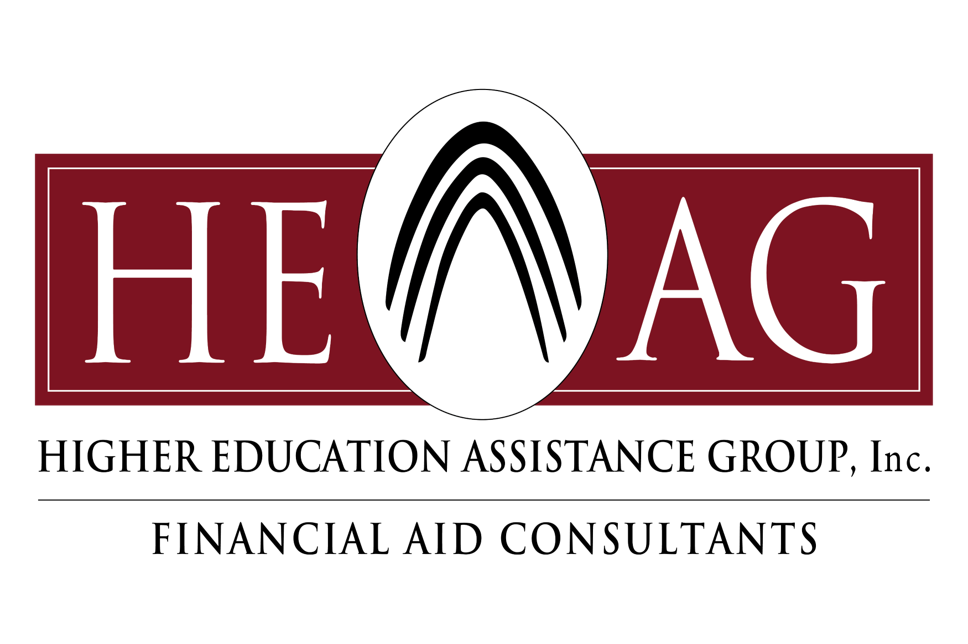Posted: August 11, 2015
By: Jane Domenico, HEAG Consultant
In March of this year, the Department of Education released a partial list of the nearly 560 institutions that, as of March 1, were subject to the financial restrictions known as Heightened Cash Monitoring. Most of the colleges—487 institutions—were on the lower level of scrutiny, and 69 were subject to the higher, more stringent restrictions. The department disclosed the remaining colleges in April that it had redacted from the original list.
The U.S. Department of Education may place institutions on a Heightened Cash Monitoring (HCM) payment method to ensure additional oversight of cash management for a number of financial or federal compliance issues, some of which may be serious while others may be less troublesome.
Schools are placed on the Department’s list for a variety of specific reasons, such as late financial statements, outstanding liabilities, accreditation issues, concerns about a school’s financial responsibility, or possibly severe findings uncovered during a program review. The majority of schools on the list fall into the first type of review, referred to as Heightened Cash Monitoring 1 (HCM1), in which the college receives federal student aid funds from the government through an advance payment system.
The two levels of Heightened Cash Monitoring are:
Heightened Cash Monitoring 1 (HCM1): After a school makes disbursements to eligible students from institutional funds and submits disbursement records to the Common Origination and Disbursement (COD) System, it draws down FSA funds to cover those disbursements in the same way as a school on the Advance Payment Method.
Heightened Cash Monitoring 2 (HCM2): A school placed on HCM2 no longer receives funds under the Advance Payment Method. After a school on HCM2 makes disbursements to students from its own institutional funds, a reimbursement payment request must be submitted for those funds to the Department.
The information listed below must be provided for each student for whom the institution is requesting funds, in Excel spreadsheet format:
– Student identifying information
– Instructional program
– Admission criteria used for each student
– Enrollment status (full-time, three-quarters-time, half-time, less-than-half-time)
– Number of clock or credit (specify) hours in the student’s program of study
– Number of clock or credit (specify) hours in the institution’s academic year
– Number of clock or credit (specify) hours in the payment period
– Number of clock or credit (specify) hours completed by the student to date of payment
– Start date/re-entry date/withdrawal date (if applicable), last date of attendance (if applicable), and midpoint date of student’s program
– Percentage of tuition retained for withdrawals
– Student’s cost of attendance
– Direct cost of education for enrollment period
– Expected Family Contribution (EFC)
– Certification that student is making satisfactory academic progress (SAP) (qualitatively and quantitatively)
– Indication of Professional Judgment or Dependency Override adjustment
– Grade Point Average (GPA)
– Student’s award requested
– Student’s award amount
The spreadsheet is reviewed by a Department of Education analyst who makes a random selection of students to review. The institution must then provide complete files documenting all eligibility criteria. The Department reserves the right to reject an entire submission based on a single error. Generally there is a 30-day period for the institution’s disbursement approval. Typically, the Department of Education will only allow the institution to submit a request for disbursement reimbursement every 30 days, which can create an enormous financial hardship on an already struggling institution.
The factors most likely to put a school on the Heightened Cash Monitoring list are not just poor financial or administrative capability. The majority of schools who made the list failed the Department’s financial responsibility score requirements; those scores represent Departmental efforts to scout warning signs in institutional financial aid administration, but have been repeatedly questioned as measures of financial health. The second tier of HCM institutions targets schools with high cohort default rates; default rates can be deceiving, however, particularly at smaller institutions. To avoid the most common triggers, schools should keep an eye on their financial responsibility numbers and default management programs.
HEAG has assisted a number of schools with compliance coordination needed to meet the requirements of HCM1 and HCM2. In meeting these requirements, along with addressing base compliance concerns, HEAG has successfully advocated for schools to be removed from HCM and allowed to disburse funds once again on the advance payment method. Common services HEAG provides to schools placed on HCM are:
• Verification, file review and awarding
• HCM2 spreadsheet preparation and submission
• Common Origination and Disbursement (COD) processing and reporting
• Policy and procedure development, implementation and assessment
• Audit/program review preparation, support and response
To find out more information about composite scores and other required financial standards, refer to the Financial Standards chapter of the Federal Student Aid Handbook.




